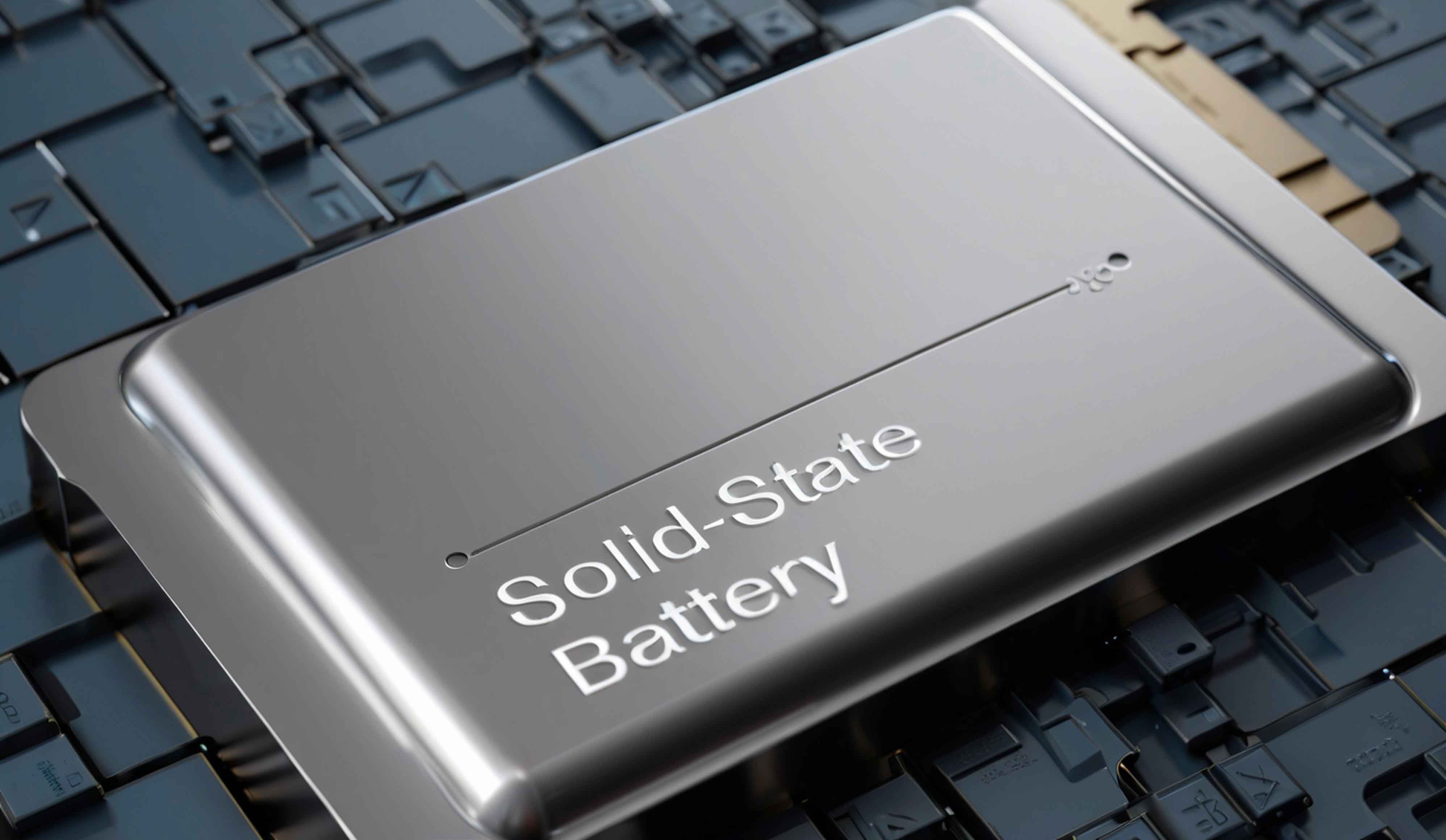As a participant in the Solid-State Battery Technology Innovation and Development Symposium held in Beijing on January 19, 2025, I witnessed firsthand the transformative discussions shaping the future of energy storage. The event, organized by the National Development and Reform Commission (NDRC) and hosted by the China Macroeconomic Development and Cultural Center, brought together policymakers, industry leaders, and researchers to address the imperative of advancing solid-state batteries as a cornerstone of China’s energy strategy. Below, I synthesize critical insights, technical advancements, and policy frameworks discussed, supported by quantitative analyses and strategic recommendations.

1. Solid-State Batteries: Defining the New Paradigm
Solid-state batteries (SSBs) represent a quantum leap over conventional lithium-ion systems, offering:
- Higher energy density (Ed): Theoretical limits exceed 500 Wh/kg, compared to 250–300 Wh/kg for liquid electrolytes.
- Enhanced safety: Elimination of flammable liquid electrolytes reduces thermal runaway risks.
- Longer cycle life: Projected lifespans of >5,000 cycles at 80% capacity retention.
Comparative Analysis of Battery Technologies
| Parameter | Solid-State Battery | Lithium-Ion Battery | Lead-Acid Battery |
|---|---|---|---|
| Energy Density (Wh/kg) | 400–500 | 200–300 | 30–50 |
| Cycle Life | >5,000 | 1,000–2,000 | 300–500 |
| Charge Time (to 80%) | <15 min | 30–60 min | 6–8 hours |
| Operating Temperature | -30°C to 100°C | 0°C to 45°C | -20°C to 60°C |
2. Policy Drivers and Industrial Synergies
Keynote speaker Wei Dale, Editor-in-Chief of Macroeconomic Management, emphasized the alignment of SSB development with China’s 2024 National Energy Work Conference goals:
- Energy security: Reducing reliance on imported critical minerals (e.g., cobalt, nickel).
- Carbon neutrality: Accelerating renewable integration via grid-scale SSB storage.
A policy roadmap was proposed:\text{SSB Adoption Rate} = \frac{\text{Government Subsidies} + \text{R&D Investment}}{\text{Technological Maturity} \times \text{Market Competition}}
Subsidies targeting SSB manufacturing (2.5Ballocatedfor2025–2030)aimtolowercoststo80/kWh by 2035, competitive with lithium-ion’s $100/kWh.
3. Case Study: Jinchang Economic Development Zone
Wang Zhende, Director of Jinchang Development Zone, outlined how regional advantages in rare-earth metals (e.g., nickel, cobalt) are leveraged for SSB supply chain integration:
- Localized production: 85% of raw materials sourced within Gansu Province.
- Vertical integration: From mining to cell assembly, reducing logistics costs by 30%.
Jinchang’s SSB Industrial Output (2023–2025)
| Year | Battery Production (GWh) | Revenue (USD Billion) | Employment |
|---|---|---|---|
| 2023 | 2.5 | 0.8 | 1,200 |
| 2024 | 6.0 | 2.1 | 3,500 |
| 2025 | 12.0 | 4.3 | 7,800 |
4. Technological Frontiers: 3D Solid-State Architectures
Gao Ningning, CTO of Gaobo Special Battery Technology, unveiled breakthroughs in 3D current collectors that enhance ion transport efficiency:Ion Conductivity(σ)=An⋅q⋅μ⋅(1+T0ΔT)
where n = ion concentration, q = charge, μ = mobility, and ΔT = temperature gradient.
Gaobo’s prototype achieves:
- Area-specific impedance: <10 Ω·cm² (vs. 25–30 Ω·cm² in planar designs).
- Fast-charging: 10-minute charging for 400 km EV range.
5. Standardization and Global Certification
Kang Wei, Director of the China Quality Certification Center, stressed the urgency of harmonizing SSB standards with IEC 62660 and UNECE R100. Proposed metrics include:
- Safety thresholds: >150°C thermal stability under nail penetration tests.
- Recyclability: >95% material recovery rate by 2030.
6. Economic Projections and Market Penetration
Using a logistic growth model, SSB adoption in EVs is forecasted:P(t)=1+e−r(t−t0)K
where K = market saturation (60% of EV batteries by 2040), r = growth rate (12% CAGR), and t0 = inflection point (2032).
Global SSB Market Forecast
| Region | 2030 (USD Billion) | 2040 (USD Billion) | CAGR |
|---|---|---|---|
| China | 45 | 220 | 17% |
| Europe | 28 | 150 | 15% |
| North America | 22 | 130 | 14% |
7. Challenges and Collaborative Solutions
Roundtable discussions identified critical bottlenecks:
- Material scarcity: Limited lithium sulfide (Li₂S) production capacity.
- Manufacturing scalability: SSB yield rates stagnate at 65% vs. 90% for lithium-ion.
Proposed actions:
- Public-private partnerships: NDRC-backed SSB innovation hubs (5 planned by 2026).
- International R&D consortia: Joint ventures with EU Solid-State Battery Alliance.
8. Conclusion: Solid-State Batteries as a Catalyst for Energy Transition
The symposium crystallized a consensus: SSBs are not merely incremental improvements but foundational to achieving **”zero-carbon China”** by 2060. With coordinated policy, industrial agility, and relentless innovation, solid-state batteries will redefine energy storage economics and propel global sustainability.
